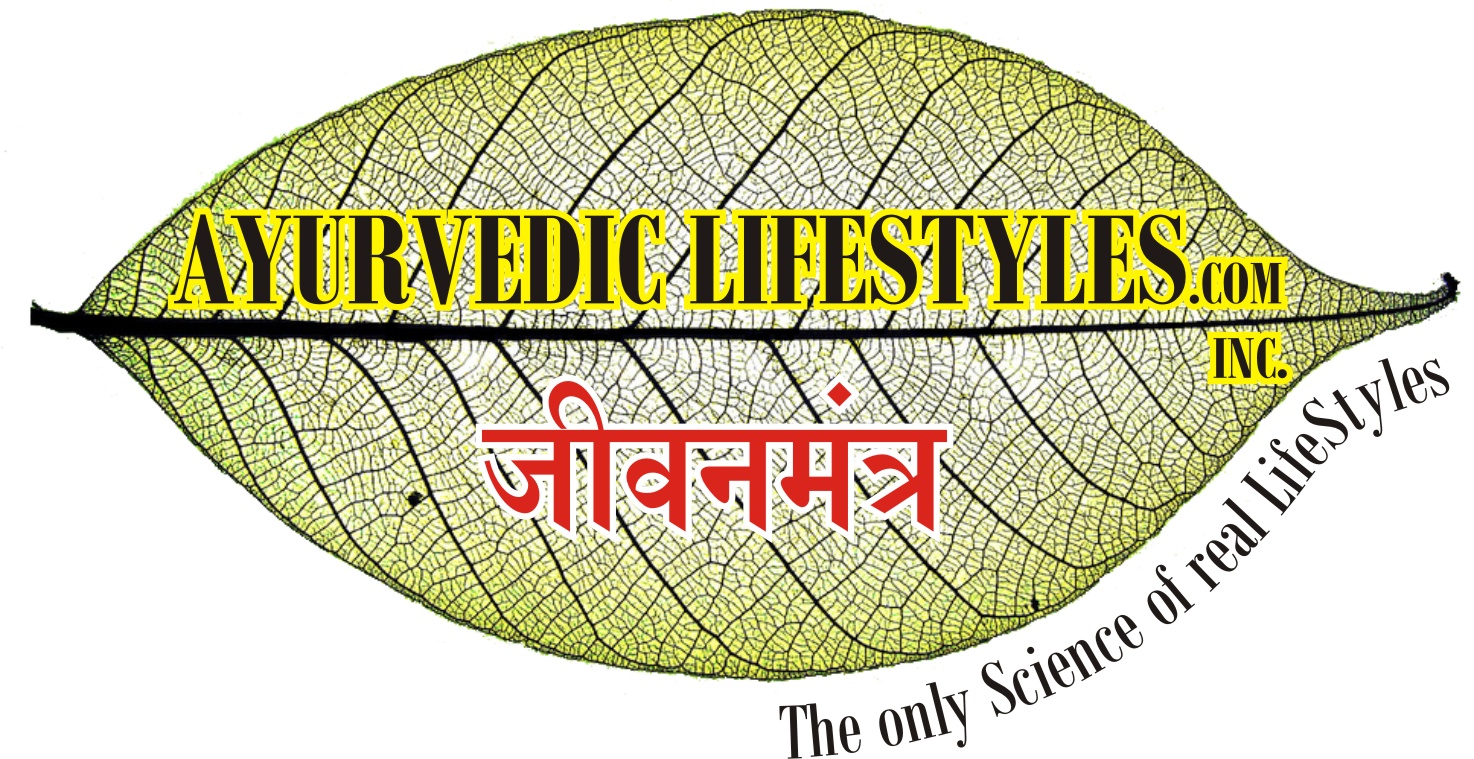|
AYURVEDIC LIFESTYLES INC.
|
 |
|
|
Head Lice and Ayurveda Ayurvedic Treatment: 1) You may decide to go through proper consultation, More……. 2) Or collect over the counter Head Lice Natural Treatment Package (Specially Developed Herbal Formula to apply in hair, Shampoo, Special comb to collect Lice / Nits) What Causes Head Lice? The cause of head lice is an infestation with a parasitic insect known as Pediculus humanus capitis. This parasite is more commonly known as head lice. Providing atmosphere (a reason) to develop HEAD LICE: Reason 1: If you have hair oil or hair cream or styling gel or hair spray in your hair and you will come in the contact of rainfall water, you may get head lice. Reason 2: If you are sweating through your hair / scalp, you may get lice. Reason 3: If you have taken head bath with soap / shampoo and did not rinse it properly, left over soap may provide an atmosphere for lice. Understanding Head Lice: - Head louse (head lice is plural) is a small, wingless insect - Lice has three pairs of legs located directly behind the head - It legs end in sharp claws that are designed for feeding and allow the louse to hold on tightly to hair/clothing - The head louse is the largest of the three types of lice (the pubic, or crab, louse is the smallest) - A female lays about six eggs (nits) each day and it become mature in about 2-3 weeks - Nits will stick at the base of the hair shaft, close to the skin, so it will stay warm - Nits are hard to remove from the hair shaft because they are very small or invisible - The life cycle of head lice, from egg to adult, is approximately 25 to 30 days FEEDING: - It feed approximately five times a day - To feed, they pierce the skin with their sharp claws, injecting irritating saliva and suck the blood that flows - They do not become puffy but it may become rust-colored from the intake of blood. This is an identifying characteristic of lice - Lice feces (waste product from an animal's digestive tract) can be seen on the skin as rust-colored flecks Risk Factors: -Anyone who comes in close contact of head-to-head contact with someone who already has head lice is at greatest risk - Head lice may be acquired from contact like hats, scarves, and coats, towels, brushes, combs, hair bands, bad sheet, pillows, blankets that belong to an infected person - As per research, Preschool and Elementary-age children between 3-11 and their families are often gets lice - Female get head lice more often than males
|
|
Send mail to
AyurvedToronto@sympatico.ca
with questions or comments about this web site.
Disclaimer-Warning: The information on this Website is provided for general informational purposes only and SHOULD NOT be relied upon as a substitute for sound professional medical advice, Information on this website is can not be evaluate or examine, because it has been collected from various sources. If you have a medical problem or a health-related question, consult your physician or call 416- 778-9341. |